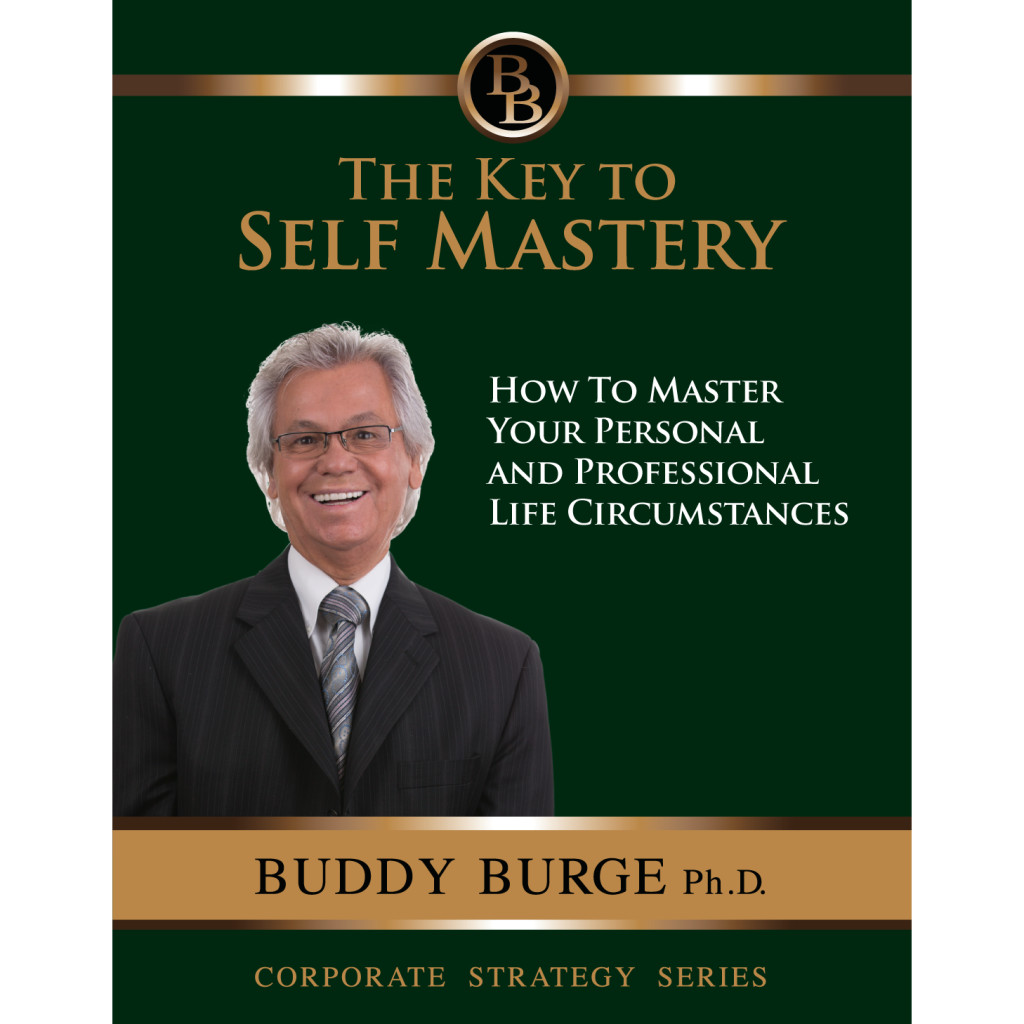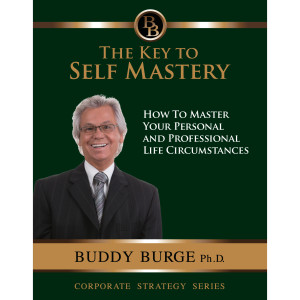
A History Lesson about Human Emotion, our Relationships and the Brain Part Two
![CropperCapture[707]](http://buddyburge.com/wp-content/uploads/2014/05/CropperCapture707-300x125.png)
In part one of this four-part series on how science views human interaction and what we can do about that, we offered a brief historical overview of how our brain(s) and the emotions it generates developed, so that we can know what to do about the rather strange and not always productive feelings that we experience from time to time.
In part two, we will further describe the development of our three brains and how the reptilian is the oldest, strongest most experienced and best at what it does.
We will also discuss what this having a dominant reptilian brain, means to us in modern (business) life and what we can do about it.
To review article one, we actually have three separate, truly amazing brains, from three very different stages of evolution, all working together.
In simple terms you have a physical brain (the reptilian brain), an emotional brain (the limbic system) and a thinking brain (the prefrontal cortex).
Although all three brains are chemically and anatomically distinct (neurosurgeons can separate them like sections of an orange) and have different purposes, they are densely wired together to get you through your day.
Our Brain: The Small Rider on a Large Animal Analogy
To understand the relationship of the three brains, the physical, the emotional and thinking brain to each other, think of the physical reaction we have to anxiety.
That’s the limbic brain kicking your reptilian adrenaline into action, like a rider on a large, powerful horse; some authors use the analogy of other beasts, for instance Jonathon Haidt uses the analogy of a rider on an elephant.
The rider on a large animal such as a horse, is my preferred analogy for the relationship between the small cortical brain that thinks it is in control of the large animal beneath it.
But that powerful stallion upon which we are mounted which like any wild, unbroken and untamed beast has lurking within it a violent and very mean streak, iis a fairly good analogy for what we experience neurologically when stress in the form a a difficult situation or person, confronts us.
Tha large wild animal certainly does not like to be told what to do, where to go or what to say.
Does that remind you of anybody?
Quite possibly, you; it certainly, when I am stressed reminds me of well, “me’.
![CropperCapture[717]](http://buddyburge.com/wp-content/uploads/2014/05/CropperCapture717-300x210.png)
At any Rate, We Are a Small Rider on a Large Animal
Think elephant, bull, stallion; any large powerful beast that can esily cast or buck us aside, hurling us helplessly through the air only to plummet headlong to the ground.
If the rider is good, he has a lot of control, but the horse will always be a bigger, stronger animal.
If the rider isn’t so good, or if the horse spooks, he can get thrown and the horse will take off without him.
The same holds true for your primal, reptilian instincts.
If you work at it, your limbic brain can become a good, even great rider, but the horse will always outweigh you by a thousand pounds.
You will never be as firmly in control as you would like to think.
The Point is, we do not Choose Our Feelings, They Choose Us
![CropperCapture[718]](http://buddyburge.com/wp-content/uploads/2014/05/CropperCapture718-300x228.png)
This an important point because some popular psychology gurus and the like propose that we choose and control our feelings.
This is quite simply, tripe.
Now please understand, later on I will help you understand how to manage your feelings, to ride masterfully the wild stallion that is to manage your reptilian and limbic brain better.
But this skill and process must be and in effect, can only mastered over a longer period of time than the gurus would have you believe.
Left to our own devices we will tend to be susceptible, even vulnerable to the powerful prancing but volatile beast beneath us.
Just to clarify, in this analogy, the thinking, Neocortex brain is that part of you mounted upon at the top and forefront place in your brain that rides and guides, rather tenuously at times the large, sometimes surly horse within which is the limbic emotional brain built over and the reptilian physical brain.
In sum, the rider is an advisor or servant; not a king, president, or charioteer with a firm grip on the reins.
The Rider is Conscious, Controlled Thought, The Prefrontal Neocortex
![CropperCapture[719]](http://buddyburge.com/wp-content/uploads/2014/05/CropperCapture719-300x227.png)
The stallion, in contrast, is everything else.
The horse includes the gut feelings, visceral reactions, emotions, and intuitions that comprise much of the automatic system.
The horse and the rider each have their own intelligence, and when they work together well they enable the unique brilliance of human beings.
But they don’t always work together well.
In the next article (Part Three) we will explore further why trying to stay in the saddle while riding massive, unpredictable and even volatile animal is not a terribly easy thing to do.
For more on this topic, we recommend the following | |
 | The Key to Self MasteryHow to Master Your Personal and Click Here For Video and Full Description If you found this article useful |

